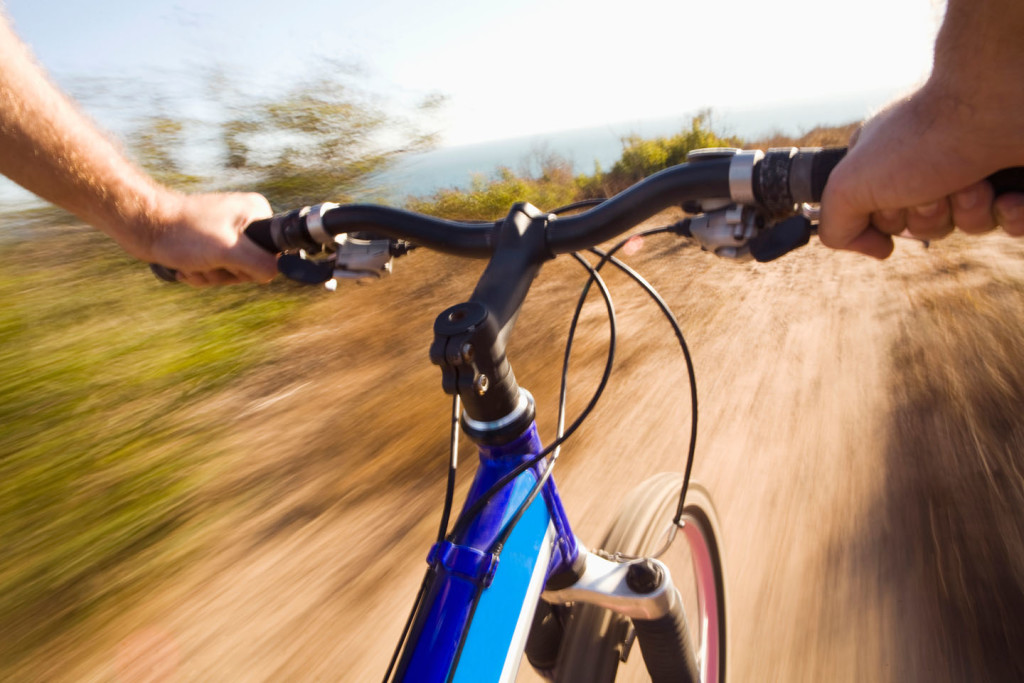Want to know the answers to the biggest Alamy quality control questions? Then read on.
We know that selling your photography isn’t just about sending us your technically perfect work. It’s also about having a good amount of well keyworded, up to date images of varied content. However, technically sound images will give you the foundations you need to help you generate interest in your work.
We’ve put together a list covering the subjects we find we get asked about the most. This will help you to get your images online without problems.

I have a 10 megapixel (MP) DSLR, I’d like to upload my work but it seems like they don’t meet your size requirements of 17MB. What can I do?
When we refer to 17 megabytes (MB) this is the uncompressed (opened) file size. A DSLR with more than 6MP will have a file size of over 17MB. You can see this by opening your image in a program like Adobe Photoshop then opening the image size properties. As a general rule of thumb if you have a 6MP+ DSLR camera, it should produce images of a sufficient size.
Do you have any tips about how I can improve my workflow?
Yes, here are 3 things that can iron out the most common problems:
- If you have problems with fringing/chromatic aberration (CA) in your images, use the de-fringe tool in Photoshop or Lightroom and select the option “all edges”. This is a brilliant tool and will save you a lot of time.
- We suggest that you don’t sharpen your images and leave this to the end user. This is because sharpening is very specific to individual images, this makes it difficult to give general sharpening settings. However, if you do find that a small amount of sharpening improves your images it is fine to do this.
- The easiest way to make sure your images pass QC is to make sure you check every image at 100% (I know we mention this A LOT), but it really is the only way to check your images before you submit them.
When sending my images to you, is there anything else I need to consider when submitting?
If you’re using the Online Upload Tool, save your files as “Baseline (“Standard”)” to minimise processing errors. Also, save at JPEG Level 8 – we’ve done a lot of research into image compression formats. While there are no distinguishable differences in image quality between a file saved at level 10 and one saved at level 8, your files will upload much more quickly.
Are there optimum FTP settings I should use?
If you’re sending images by FTP, it’s well worth spending some time tweaking your settings to make sure your images are being transferred as quickly as possible. Turning off ‘speed limits’ and limiting the number of simultaneous connections can help to speed up transfer times. This is especially important if you live in an area that doesn’t have the fastest broadband speeds.
Do you accept imagery that shows movement or artistic techniques?
There seems to be some myth that we don’t accept images that show movement, this is of course untrue and we love your artistic imagery! What we can tell is the difference between artistic intent and poor photography. So, if you want to send us images that have movement you need to make sure that there is enough movement so that this looks like it was intended, or there is at least one area which has a defined focus point. With artistic imagery as long as your image doesn’t show corruption or unsightly artifacts when checked at 100%, that’s fine.
Can I send images that are all very similar?
Remember to edit well, there’s little point in sending in a series of very similar images. When buyers are searching they’d much rather see a few great images jumping out of them rather than pages and pages of similars.
If you have any other questions about contributing to Alamy, take a look at our contributor pages.
For more QC related content see our top 10 QC failures blog (with info to help you).